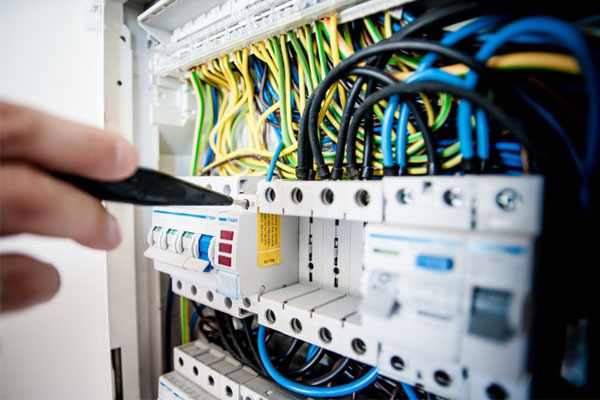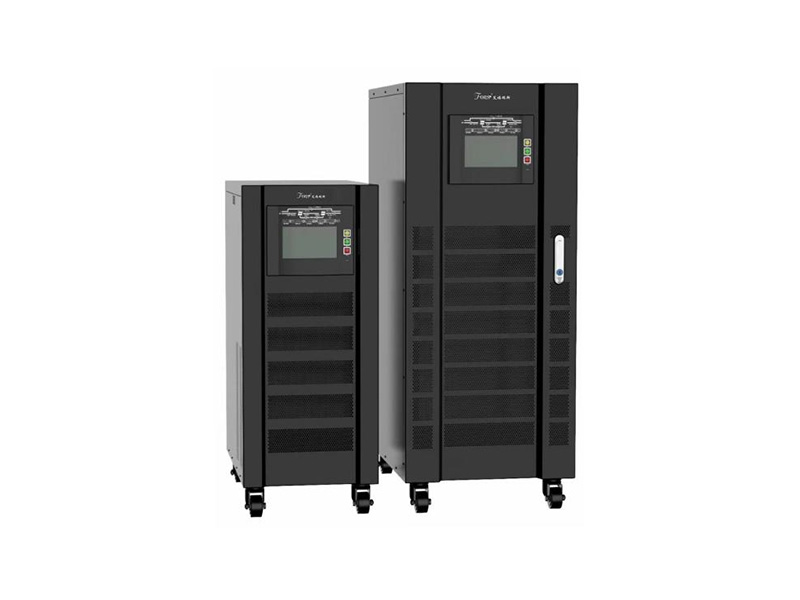language
An uninterruptible power supply (UPS) is a crucial investment for anyone relying on consistent power to protect electronics, maintain productivity, and avoid data loss. Whether you’re managing a home office, a commercial setup, or critical IT infrastructure, the right UPS will shield your systems from power outages, voltage fluctuations, and electrical noise.
But with so many UPS models and brands on the market, how do you identify the top option for your specific needs? This guide outlines key factors to consider to ensure you make an informed and reliable choice.
1. Define Your Usage Scenario
Before comparing models, clearly define how and where you plan to use the UPS. Different environments require different levels of protection.
Home use: Basic protection for computers, routers, or home entertainment systems.
Office or small business: Backup for multiple workstations, printers, or servers.
Industrial or IT setups: High-capacity, continuous power for critical operations.
Your application determines the UPS size, type, and features you’ll need.

2. Determine Power Capacity Requirements
Every UPS has a rated power capacity, typically measured in volt-amperes (VA) and watts (W). You must match this to the total power consumption of the devices you plan to connect.
Steps:
List all devices you want the UPS to support.
Check the power consumption of each (usually listed on the device or in the manual).
Add up the total wattage and apply a safety margin of 20–30%.
Choose a UPS with a capacity greater than this total.
3. Select the Appropriate UPS Type
There are three main UPS technologies, each offering a different level of protection:
Offline/Standby UPS: Activates only during an outage. Suitable for non-critical devices in areas with stable power.
Line-Interactive UPS: Regulates voltage and provides backup during outages. Ideal for environments with frequent voltage fluctuations.
Online (Double Conversion) UPS: Offers continuous power conversion and the highest level of protection. Best for sensitive or critical systems.
For example, AF8900 series Online Transformer Based UPS 3 phase input and 3 phase output, with a single unit capacity ranging from 10KVA to 400KVA, is a high-performance sine wave uninterruptible power supply system designed for large-scale critical application systems such as data processing centers, host systems, manufacturing and telecommunications equipment, and medical equipment.

4. Consider Battery Runtime
Battery runtime determines how long the UPS can power your devices during an outage.
Short runtime (5–10 minutes) is enough for safely shutting down equipment.
Long runtime (15–60+ minutes) may be necessary for maintaining operations or bridging to generator power.
Some models allow external battery packs to extend runtime as needed.
5. Prioritize Pure Sine Wave Output
If your devices use Active PFC power supplies (common in newer PCs and servers), you'll need a pure sine wave UPS. This provides a smooth, clean power output and avoids compatibility issues or potential hardware damage.
Top-rated UPS systems typically offer pure sine wave output, especially in the online and line-interactive categories.
6. Evaluate Monitoring and Control Features
Modern UPS units offer a range of management tools to help you monitor performance and take action during emergencies.
Look for:
LED/LCD displays showing load level, battery status, and fault alerts.
USB, serial, or SNMP interfaces for computer or network integration.
Monitoring software for automatic alerts and safe shutdown of connected systems.
Advanced models support remote monitoring—essential for businesses or data centers.
7. Check for Expandability and Serviceability
A top UPS system should be easy to maintain and capable of adapting to future needs.
Hot-swappable batteries for uninterrupted maintenance.
Modular or scalable design to increase capacity.
User-replaceable components to extend product lifespan.
These features improve long-term value and reliability.
8. Choose a Trusted Brand with Support
Reputation matters when selecting a UPS. Well-established manufacturers offer proven reliability, better warranties, and dependable technical support.
Popular top-tier brands often include:
APC by Schneider Electric
Eaton
CyberPower
Vertiv (Liebert)
Delta Electronics
FORS (for high-efficiency transformerless UPS systems)
Always check reviews, warranty terms, and available service options before making a final decision.
Finding the top uninterruptible power supply for your needs isn’t just about buying the most expensive model—it’s about choosing a UPS that meets your technical requirements, fits your environment, and provides reliable protection. By understanding your power needs, UPS types, runtime expectations, and management features, you’ll be well equipped to make the right investment.